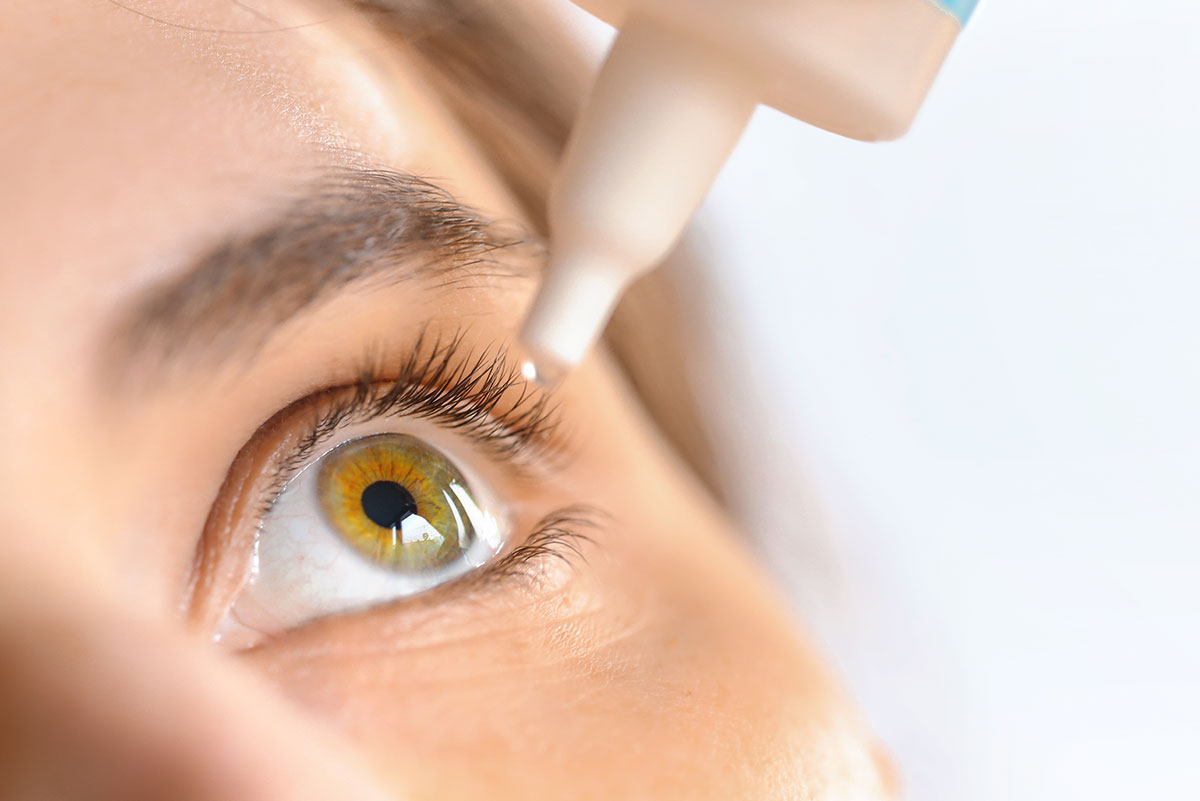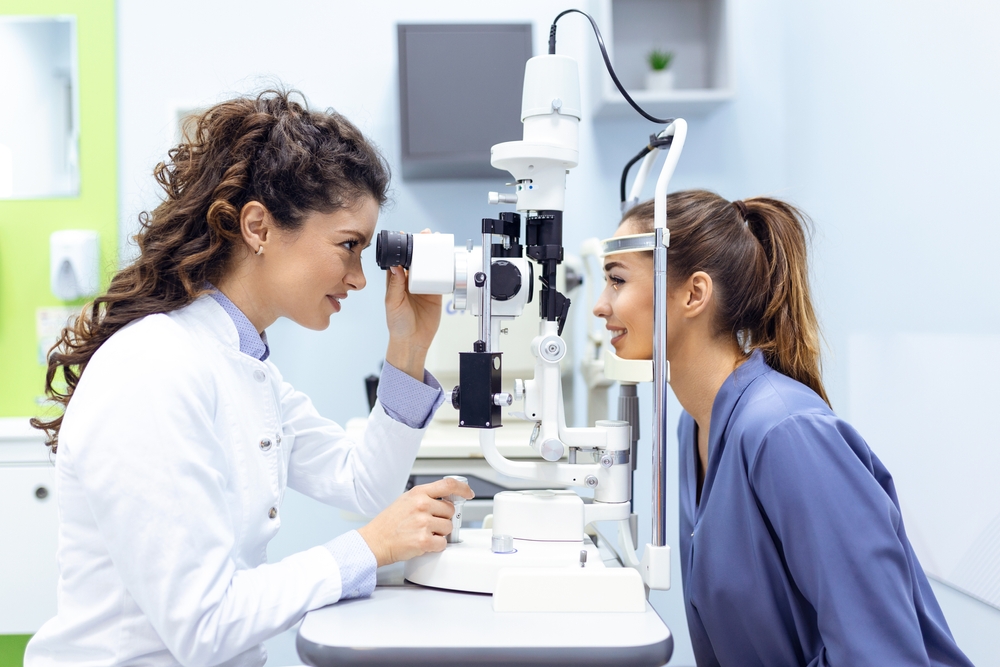The Total Malfunction of Retina Disorders and How They Influence Your Vision
The intricate network of cells in the retina plays a vital duty in converting light right into the pictures that enable us to regard the globe around us. Retina disorders can interrupt this fragile procedure, causing a variety of vision disabilities. Comprehending the complexities of these disorders is essential for realizing exactly how they affect your vision and the potential effects they might have on your overall eye health. By exploring the anatomy of the retina, typical conditions that can affect it, their causes, symptoms, and readily available therapy alternatives, we can get useful insights into preserving and safeguarding our vision.
Summary of Retina Anatomy
The detailed structure of the retina functions as the structure for visual perception and plays a critical function in the process of converting light into neural signals for the mind to interpret. Situated at the rear of the eye, the retina is composed of a number of layers that interact effortlessly to help with vision. At the core of this intricate structure are photoreceptor cells called rods and cones. Rods are liable for vision in low light problems and identifying movement, while cones are essential for shade vision and detailed aesthetic skill. These photoreceptor cells convert light energy right into electric signals that are then refined by other retinal cells, such as bipolar cells and ganglion cells. The bipolar cells beam from the photoreceptors to the ganglion cells, which in turn send out these signals through the optic nerve to the mind for aesthetic handling. Recognizing the intricate composition of the retina is basic in understanding how vision functions and exactly how numerous retina disorders can influence aesthetic understanding.

Common Retina Disorders
Retina conditions incorporate a series of problems that affect the elaborate structure of the eye accountable for aesthetic handling. One common disorder is age-related macular degeneration (AMD), a leading reason of vision loss in people over 50. AMD influences the macula, a part of the retina critical for sharp central vision, causing blurriness or dead spots in the central aesthetic field.
One more widespread condition is diabetic retinopathy, happening in people with diabetes. High blood glucose degrees harm the capillary in the retina, resulting in vision disability or loss of sight if left untreated. Retinal detachment is a severe condition where the retina draws away from its normal position, causing an unexpected onset of drifters, flashes of light, or loss of vision in a curtain-like pattern.
Finally, retinitis pigmentosa is a team of genetic conditions that trigger the break down and loss of cells in the retina, leading to evening loss of sight and a gradual constricting of the aesthetic area - eye doctors in andalusia. Understanding these usual retina disorders is crucial in preserving vision and seeking timely clinical intervention
Sources Of Retina Disorders
Various variables contribute to the advancement of retina problems, consisting of hereditary proneness, way of living selections, and underlying wellness problems. Hereditary proneness play a substantial duty in several retina problems, such as retinitis pigmentosa and macular deterioration. People with a household history of these conditions are at a higher threat of creating them as a result of inherited hereditary anomalies influencing the retina's function.
Way of life choices can additionally affect retina health. Smoking cigarettes, for instance, has been linked to an increased risk of age-related macular degeneration, an usual retina condition that can result in vision loss. Poor dietary habits doing not have crucial nutrients like vitamins A, C, and E, along with omega-3 fatty acids, can also add to the growth of retina conditions.
Diabetic retinopathy, a complication of diabetes, can create damages to the blood vessels in the retina, leading to vision impairment. Hypertension can result in hypertensive retinopathy, where high blood pressure impacts the blood vessels in the retina, possibly creating vision problems.
Symptoms and Diagnosis
Provided the significant impact that causes such as hereditary proneness, lifestyle options, and underlying wellness problems can carry the growth of retina disorders, it is necessary to recognize the symptoms and make use of efficient analysis methods for very early discovery and administration. Signs of retina conditions can vary relying on the specific problem however might include obscured or misshaped vision, the abrupt appearance of floaters or flashes of light, a dark spot in the center of your vision, or a progressive loss of main vision. If you experience any of these symptoms, it is this link vital to seek prompt medical interest.
Identifying retina problems normally includes an extensive eye evaluation, which may include visual read this article acuity tests, dilated eye exams, optical coherence tomography (OCT), fluorescein angiography, or other imaging examinations. Your eye care company may also inquire concerning your case history and any kind of family background of eye conditions. Early discovery via routine eye exams is vital to avoid vision loss and managing retina disorders properly. Your medical care company will certainly work with you to create a customized therapy plan to maintain your vision. if detected with a retina disorder.

Treatment Options and Monitoring
Therapy options for retina disorders differ depending on the underlying cause and extent of the condition. In situations of retinal detachment, medical interventions such as vitrectomy or scleral buckling may be needed to avoid and reattach the retina vision loss.
Normal eye exams and very early discovery of retina conditions are vital for successful administration and therapy end results. Patients with retina disorders must function very closely with their ophthalmologist to create an individualized treatment plan that resolves their certain requirements and assists preserve optimum aesthetic function.
Conclusion
In conclusion, understanding the anatomy of the retina, typical conditions, causes, signs and symptoms, diagnosis, and therapy choices is critical in taking care of vision problems. Retina problems can significantly impact vision and quality of life, making early detection and appropriate administration important. By remaining informed about these conditions and looking for ideal clinical treatment, people can better maintain their vision and preserve total eye health.

Recognizing the elaborate anatomy of the retina is essential in comprehending just how vision functions and just how various retina problems can influence visual assumption.
Retinal detachment is a severe disorder where the retina pulls away from its regular position, causing a sudden onset of floaters, flashes of light, or loss of vision in a curtain-like pattern.
Signs look at this now and symptoms of retina problems can differ depending on the certain problem however may include obscured or distorted vision, the unexpected appearance of advances or flashes of light, a dark place in the center of your vision, or a steady loss of main vision.In final thought, comprehending the anatomy of the retina, common problems, creates, signs, diagnosis, and therapy alternatives is essential in handling vision impairments.